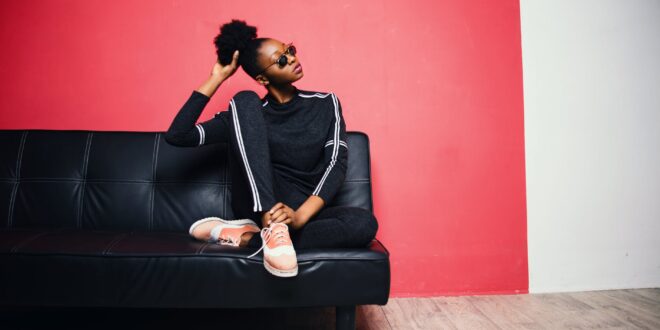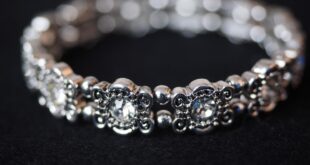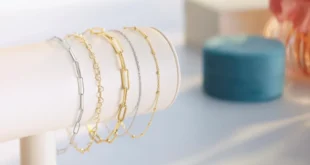Hair is our crowning glory and keeping it natural is among the best things that can be done to maintain it. But if your natural hair is getting unexciting, then you may want to consider texturizing.
Before you ask the hair professionals at your local hair salon for the salon’s hair texturizing treatment, you should have a basic idea of what it is, its benefits and its process. This way, you can set realistic expectations about the final results – often, ignorance can be your hair’s undoing, so to speak.
You should also understand the pricing for such treatments as they can vary quite a bit. Salon Price Lady is a useful resource for comparing pricing for different hair salons.
Definition of Texturized Hair
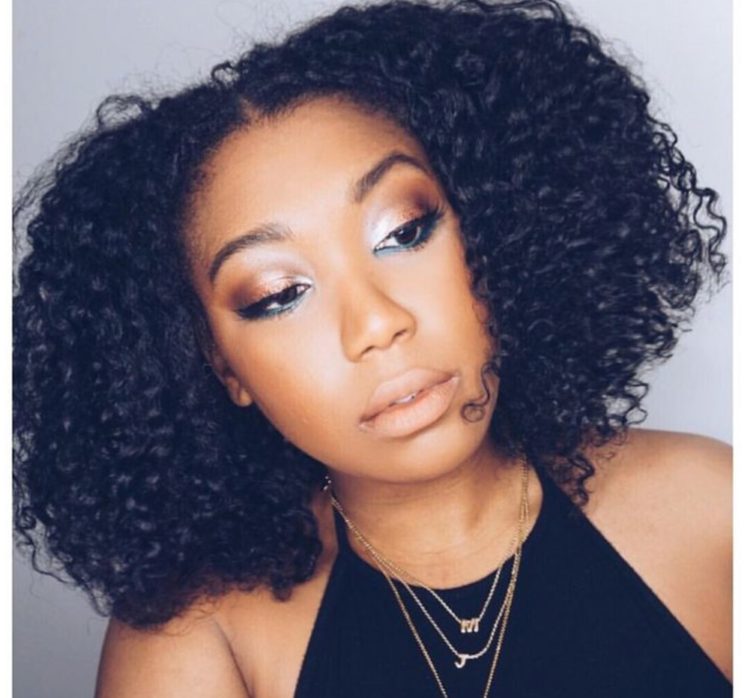
Emphasis must be made that texturized hair and hair texturizing aren’t new concepts in 2024. These concepts have been around since the 1990s, particularly among African-American women who wanted a more relaxed hair. Nope, not relaxed hair where the hair strands are doing nothing all day!
In the hair texturizing process, the current curl pattern isn’t removed through a hair straightening (i.e., application of hair relaxant products) process. Instead, the curls are made looser without making them completely straight resulting in a more attractive look.
The bottom line: Hair texturizing opens up the curls, so to speak, yet the natural curl pattern remains. For many women of color, it’s a statement of their cultural heritage while also making their hair strands easier to maintain.
Benefits of Texturized Hair
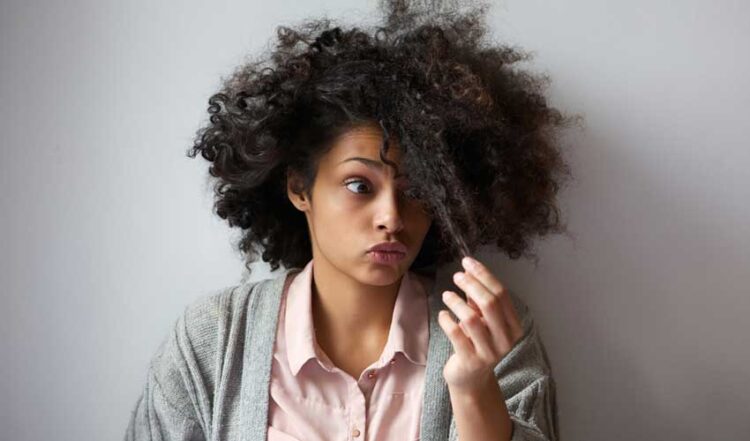
The texturized hair treatment brings these benefits, if and when it’s done properly, as is always the case at Cost Cutters.
- Increases volume to your hair without making it seem like a bush placed on your head
- Decreases the appearance of frizz, flyaways and unruly hair
- Makes the hair look bouncy and shiny
- Allows for more manageable curls so daily maintenance becomes less of a burden
- Makes it easier to try new hairstyles, such as braids and knots
We also want to point out the difference between hair texturizers and relaxers. While both contain chemicals for permanently changing the hair’s texture, their main difference is in their purpose and duration of effectiveness.
On one hand, hair texturizers will loosen curls in different degrees but these will not straighten hair. The most that texturizers can do to is to transform tight curls into loose waves so hair is easier to comb. These are usually left on the hair for 5-10 minutes so there’s less damage.
On the other hand, hair relaxers will completely straighten hair. These products contain sodium hydroxide, among other chemicals, which changes the hair’s pH level resulting in straight and sleek hair. These are left on the hair for 15-20 minutes, as well as combined with neutralizer and conditioner for permanent results.
Between the two products, relaxers are more likely to affect long-lasting damage on hair due to the strength of their ingredients. Also, texturizers are suitable for short S-shaped curls while Z-shaped curls respond best to relaxers.
Process for Getting Texturized Hair
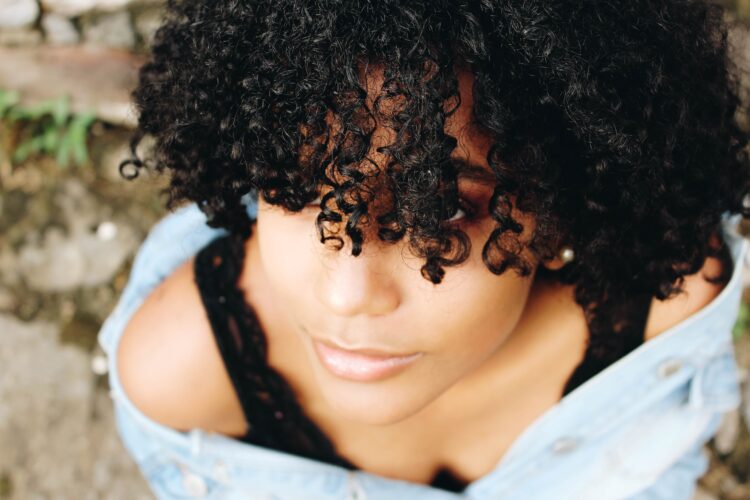
Hair texturizers contain chemicals that change the keratins in hair so it has a more fixed structure. The application of texturizers on the hair breaks the hydrogen bonds in the keratin resulting in looser curls.
Your hair technician will use either of two types of texturizers, namely: a lye formula and a non-lye formula. You will likely get the non-lye formula since it doesn’t have harmful side effects; the lye formula can cause scalp burns if used inappropriately.
After the texturizer has been applied, it will be followed by a neutralizer to stop the texturizer’s chemical process.
Keep in mind that while hair texturizing has its benefits, it has its risks, too. You shouldn’t undergo the process one too many times since it can also cause hair damage and scalp injuries. Even with the milder formulations of texturizers, these still contain chemicals that should be used sparingly and applied by professionals only.
Proper Care of Texturized Hair
Afterward, you should take proper care of your texturized hair, otherwise, your hair will revert to its old state sooner than later. You should use hair-friendly products, usually recommended by your hair technician, such as shampoo and conditioner.
You should also wet your hair on a daily basis, if possible, which will remove frizziness, tangles, and knots. Your shampoo and conditioner should be used four times a week, at least. Your dedication in conditioning your hair is a must in maintaining your hair’s softness, shine, and bounce.
Sleeping with a silk scarf wrapped around your head is also recommended since it will reduce frizz. You will wake up with softer hair, too, since your hair isn’t subjected to static electricity from the silk scarf.
Even the use of a wide-toothed comb will go a long way toward great texturized hair; brushes aren’t recommended. You should also avoid the use of heat styling products as well as decrease the use of serums and gels.
Texturized hair is the same as natural and treated hair in terms of the care required. You should discuss the care that should be done to your texturized hair with your Cost Cutters professional after your treatment.
 Hi Boox Popular Magazine 2024
Hi Boox Popular Magazine 2024
